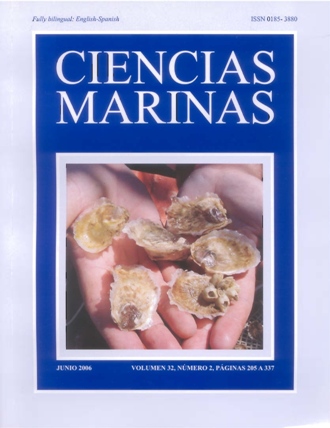Bacteriological quality of the seawater in Cullera Bay, Spain
Main Article Content
Abstract
Cullera Bay, located on the Mediterranean coast of Spain, is influenced by the Júcar River outflow and by an sewage outfall that discharges wastewaters in the vicinity of the river mouth. Within the framework of the ECOSUD project, five sampling campaigns were conducted between July 2002 and April 2003 at 11 stations distributed along the coast of the bay and in the area of the sewage pipe, in order to determine the spatial and temporal distribution of bacteria (faecal coliforms, enterococci and Escherichia coli) in the seawater and thus detect possible dangerous zones for recreational use of the beaches, based on the guidelines established by the European Environmental Commission. In general, Cullera Bay was found to have good water quality; however, the discharges from both the river and sewage outfall affect the coastal zone, the increase in bacterial concentration diminishing the quality of the bathing waters, especially during the summer months when tourism peaks. Moreover, as a result of additional inputs of sporadic sources of pollution in the area of Cape Cullera, the maximum permissible values established for faecal coliforms (2000 CFU 100 mL–1), enterococci (200 CFU 100 mL–1) and E. coli (500 CFU 100 mL–1) were exceeded. Considering that the currents are driven by seasonal winds, the northern area could eventually become an additional source of contaminating bacteria to the beaches that currently have good water quality.
Downloads
Article Details
This is an open access article distributed under a Creative Commons Attribution 4.0 License, which allows you to share and adapt the work, as long as you give appropriate credit to the original author(s) and the source, provide a link to the Creative Commons license, and indicate if changes were made. Figures, tables and other elements in the article are included in the article’s CC BY 4.0 license, unless otherwise indicated. The journal title is protected by copyrights and not subject to this license. Full license deed can be viewed here.

